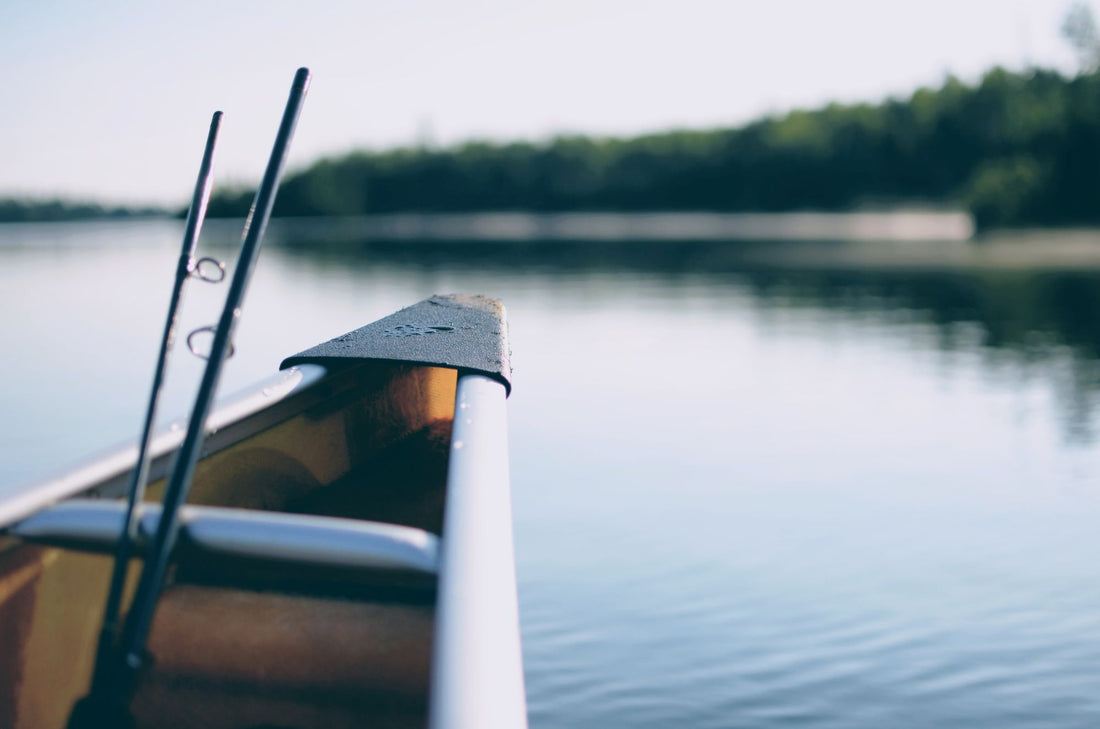
What type of kayak is best for fishing?
Share
In our free time about three or five friends go boating and fishing, feel the sunshine, and have a good time. You'll need a kayak before you do that. However, choosing the right fishing kayak is not an easy task. On the market, we can see a variety of kayak styles, so what type of kayak is the best for fishing?
The type of kayak
First of all, let's take a brief look at what types of fishing kayaks are available.
1. Single Kayak
2. Double Kayak
3. Pedal Kayak
4. Paddle Kayak
A pedal kayak is best for fishing
Through the above content, we can roughly learn about the specific situation of various types of fishing kayaks. From this, we know that pedal kayaks are the most suitable for fishing. Let's discuss it seriously!
While the technology of pedal adds to the cost of the kayak and requires more maintenance. The pedal system also hangs low in the water, so access to very shallow water may be limited. But pedaling with your feet offers some fishing advantages, including getting a more natural troll because you can maintain a more consistent speed.
Pedal kayaks were developed in the 90s to provide a hands-free way to propel a kayak through the water. The concept was developed to provide a more efficient and ergonomic way to maneuver a kayak when engaging in activities such as fishing or photography.
As we all know, controlling a boat or kayak on the water can be very difficult. This is because fluid surfaces, whether static or moving, make it difficult for your kayak to maneuver on them, especially when fishing. And studies show that legs are stronger and more durable than shoulders or arms. Pedal kayaks allow you to stay on the water for long periods and enjoy recreational areas. As far as fishing is concerned, it is a time-consuming activity, so you need to wait for this endeavor to bear fruit. In this way, a pole kayak sounds inappropriate since handling both throwing and kayaking with your hands is difficult! This is when pedal kayaks come into play.
Kayaks with pedal propulsion systems allow you to "paddle" with your feet instead of your hands, leaving your hands free for fishing. This eliminates one of the biggest challenges of kayak fishing: managing the position of the boat with one hand for paddling and the other holding the rod. Pedal-powered kayaks feature bicycle-like pedals that open the props or push pedals that power a pair of fins. Most of these kayaks also come with a retractable rudder that is mounted on the tail of the kayak. The rudder is controlled by a hand-operated lever mounted in the cockpit or on one of the gunwales. Pedal drive kayaks are also known for their raised aluminum frame seats, as your hips need to be raised slightly to use the pedal drive system more effectively. Some allow you to remove the pedal drive system and replace it with a trolling motor, or use the kayak as a traditional sit-on-top.
In addition to this, pedal kayaks have additional storage compartments that can be used to conveniently store gear such as fishing equipment or bait. The rudder and skeg aid steering and tracking, while the lightweight construction allows for easy entry and exit from the water.
Choosing the most suitable fishing kayak plays a vital role in fishing, making it safer for you to fish and enjoy the fun on the water with confidence.
